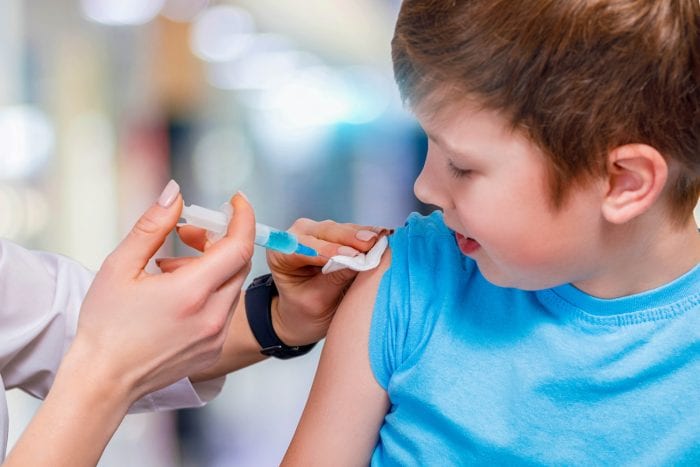By Daniel Dunaief
Dr. Monika Woroniecka, a physician at Stony Brook Children’s Hospital, died on Saturday during a trip with her family to see the eclipse near the Canadian border when she fell out of an Airstream trailer around 3 p.m. on State Route 12E in Watertown, New York.
Woroniecka, 58, was in the trailer with her family while her husband Robert, 59, pulled the trailer in a pick up truck.
Witnesses told police they saw the passenger door of the trailer swing open, helped by the wind, and watched as she hung onto the door before falling, according to a police statement. Woroniecka fell on the side of the road and was taken by Cape Vincent Ambulance to Samaritan Medical Center, where she was pronounced dead.
“Stony Brook Medicine is deeply saddened to learn of the tragic loss of one of our esteemed colleagues over the weekend, Dr. Monika Woroniecka, a physician at Stony Brook Children’s Hospital,” Stony Brook Medicine officials said in a statement. “Our thoughts are with her family, friends and colleagues affected by this heartbreaking event.”
A police spokesman in Watertown, Sgt. Jack Keller, indicated an investigation into how the door came open during travel was continuing.
“In my over 25 years [with the police], I’ve never seen an incident like this,” Sgt. Keller said. “We’re investigating it as an accident.”
The police are still gathering details as they make sure they are “thorough in our investigation,” Sgt. Keller said.
According to New York State Vehicle and Traffic law, it is illegal to ride in a camper in New York unless it has a fifth wheel connection, which provides a rigid connection directly to the frame of the vehicle towing the camper. A camper attached to a vehicle using a ball hitch does not provide that rigid connection during towing.
The camper in the accident had been connected with a ball hitch.
Police sources added that campers towed behind vehicles do not have airbags or seat belts.
Airstream did not return an email for comment.
Dr. Woroniecka had been practicing medicine since the early 2000s and specialized in allergy-immunology. She treated children with food, environmental, medications and bee sting allergies. She also treated childhood asthma and skin conditions like eczema and hives.
Dr. Woroniecka had extensive experience evaluating children for immunity disorders and frequent infections, a Stony Brook Medicine page indicated.
Dr. Woroniecka’s native language was Polish. Some of her patients from Polish-speaking families traveled considerable distances to meet with her.
Her profile on Stony Brook Medicine indicated she “enjoys working with children and their families and developing a long-term relationship with families while guiding them through chronic allergy-related conditions,” She also indicated she liked to travel, hike, exercise and spend time with family and friends.






